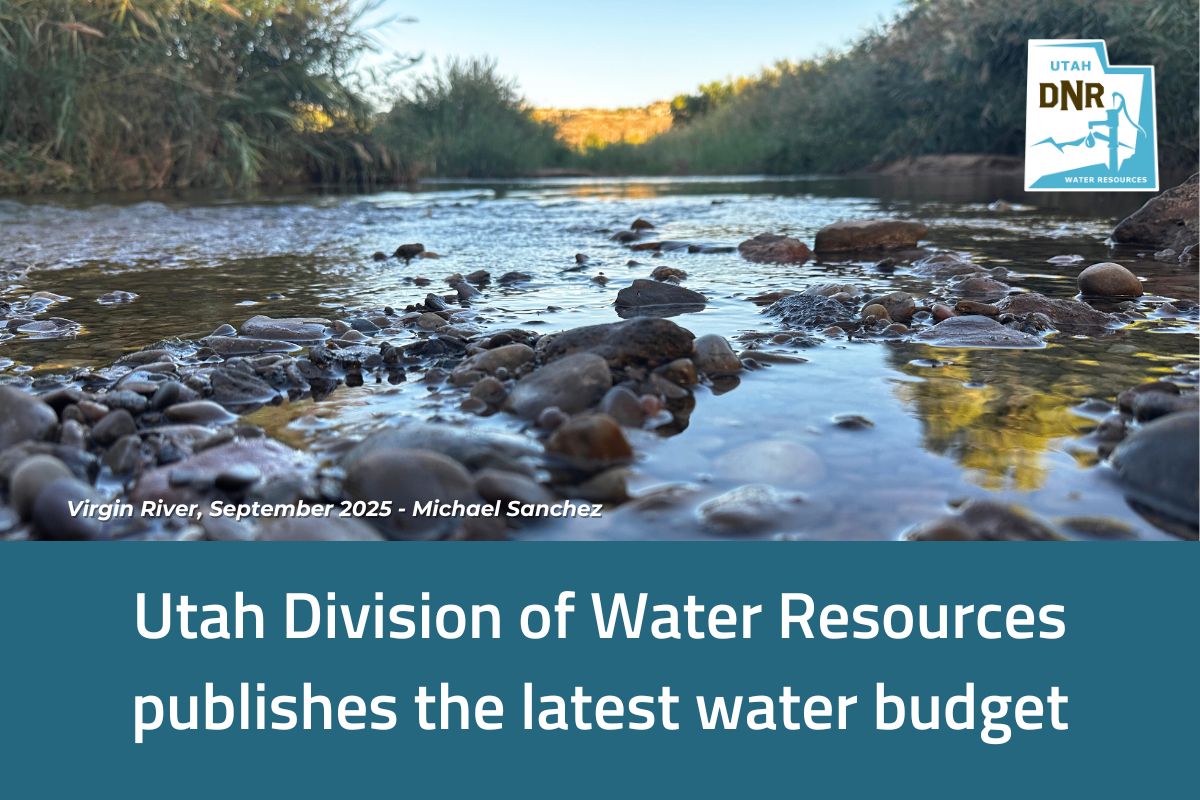Nearly 60% of residential water use in Utah goes straight into the landscape, making it the single biggest opportunity for personal impact. In an effort to save water, many folks are ditching their lawns and going all-in on “zeroscapes” — think rocks instead of roots. While the intention is right, replacing greenery with gravel isn’t the eco-win it seems. Turns out, those rock gardens may be saving water but at the cost of other environmental benefits.
Zero isn’t hero
Eliminating plants from a landscape creates a gap in the local ecosystem. Plants do more than just look pretty (though they definitely do that too). They’re power players in supporting native pollinators, feeding wildlife, keeping soil healthy, preventing erosion, storing carbon and naturally cooling our neighborhoods. Plus, let’s not forget the mood boost — a little green goes a long way for mental health.
Turn down the heat
Saving water shouldn’t come at the cost of cooking our cities. Waterwise landscaping is all about balance: cutting back on water use without creating new environmental issues. That’s where zeroscapes can backfire. One of the biggest issues? They crank up the heat. With fewer plants and more heat-trapping surfaces, these rock-heavy yards actually fuel the urban heat island effect making our neighborhoods hotter, drier and less livable.

Welcome to the heat island, where cities sizzle and not even nights cool off. According to the EPA, heat islands are urban areas that run hotter than their rural neighbors. Why? Concrete, asphalt and buildings soak up the sun by day and radiate heat all night, pushing up temperatures and making our cities feel like ovens.
According to the Utah Climate Center, Salt Lake City is reported as one of the top three urban heat island cities in the U.S.
In Utah’s urban and suburban spaces, most of the land is paved or built on. Landscapes only make up about 7% of the surface, but that small slice holds big power. With the right plants in the right places, we can cool things down and push back against the heat.
Hot rocks, high costs
Urban heat islands don’t just crank up the temps — they quietly steal more water, too. As surfaces heat up, evaporation speeds up, causing surrounding plants and soils to lose moisture faster. That means even if a zeroscape is sipping less, nearby landscapes might be gulping more to survive. So in trying to save water with rocks, we can actually end up losing more elsewhere. It’s a classic case of good intentions, unintended consequences.
Throwing shade
The best way to beat the heat island effect is to keep the sun off of heat-hogging surfaces like brick, asphalt and rock. Shade is the secret weapon. Think tall and leafy: trees, vines climbing fences, big shrubs lining paths and perennials doing double duty as beauty and cooling machines. These green heroes not only block sunlight, but they also release moisture through evapotranspiration (nature’s built-in air conditioning).

Shredded bark mulch (in areas where it won’t blow or wash away) is another excellent option for landscaping. Its low density allows it to avoid retaining heat. If you do choose to use rocks, opt for a lighter color and avoid black.
We love seeing Utahns step up to save water! Instead of trading all your plants for pebbles, try waterwise landscaping that works with nature, not against it. Start small with smart swaps:
- Keep only as much lawn as you’ll actually use.
- Add drip irrigation to your planting and veggie beds.
- Use rotors to efficiently water grass.
- Mulch those beds to lock in moisture.
- Fill leftover space with more beautiful, water-savvy plants — not more grass.
Resources to grow on
Following Localscape Principles is one of the best ways to create a yard that saves water, looks great and supports the environment. Want help getting started? Take a Localscapes class near you, then see if you qualify for cash incentives through our Landscape Incentive Program — just remember, projects must include at least 50% plant coverage at maturity. And don’t miss our Waterwise Landscape Guide. It’s full of expert tips to help you design a waterwise yard without sacrificing curb appeal.




